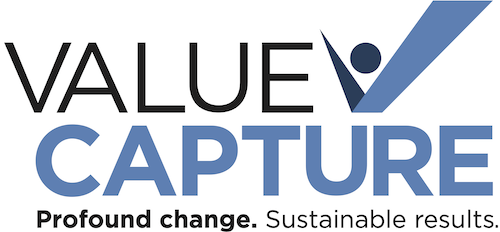Reflection Toolbox for Continuous Improvement
How Reflecting Regularly Can Help Leaders and Teams Consistently Perform Better
An essential element in a system of continuous improvement is leaders engaging in regular reflection.
Reflection is a structured process to gain an actionable understanding of the activities that occurred each week, and examine whether our activities met the expectations for the week.
If we didn’t meet expectations, why not?
What can be learned from these gaps, and how does our learning inform the planning and activities for the next week?
Reflecting also shines a light on goals achieved and provides cause for celebrating team members and others who helped achieve the goal.
Leaders at all levels want to help their teams and organizations provide excellent care to patients. They may have a highly engaged workforce. But, they may find, unfortunately, that daily firefighting pulls them away from achieving their goals. Progress stagnates, workarounds and near-misses proliferate, and “incident response,” rather than root-cause problem solving, is the predominant activity.
Leaders try to escape this vicious cycle, but often don’t have the time or structure to check on the efficacy of their plans or to make adjustments to achieve success.
Without reflecting, each day may feel like a repeating losing battle…
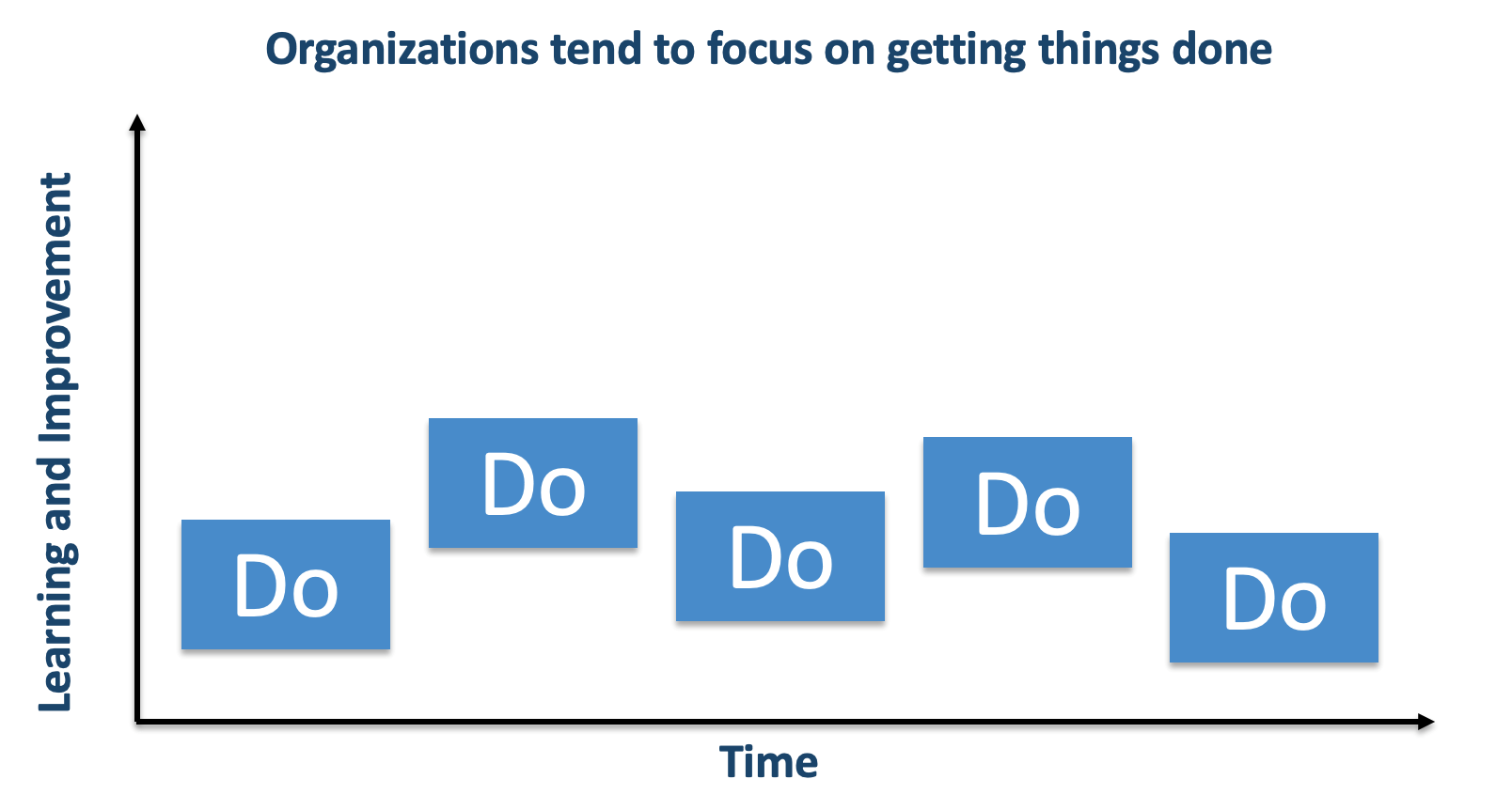
With reflecting, real progress and learning come by engaging in a cycle of do-reflect/learn….
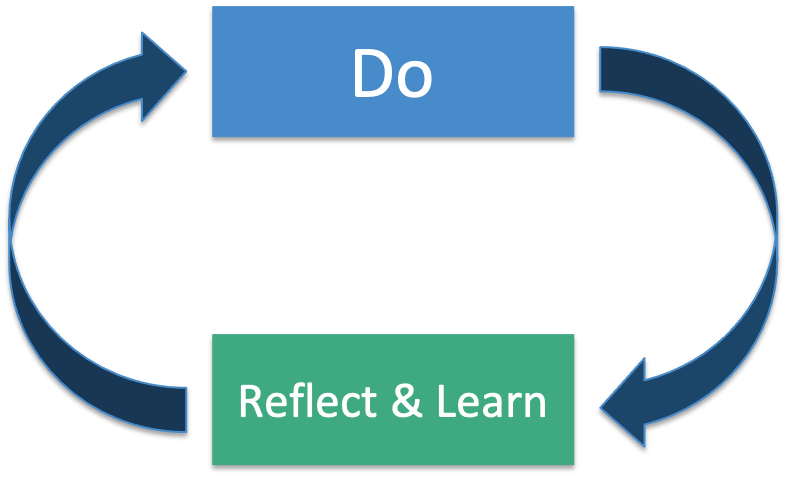
Psychological Safety: An Essential Element of Productive Reflection
To reflect is the purposeful act of looking objectively at what occurred within a defined timeframe (we suggest at least weekly). When we reflect, we study what’s happened to answer the questions in the image below — we do so in order to learn what met expectations and what didn’t.
The Value Capture Reflection Model:
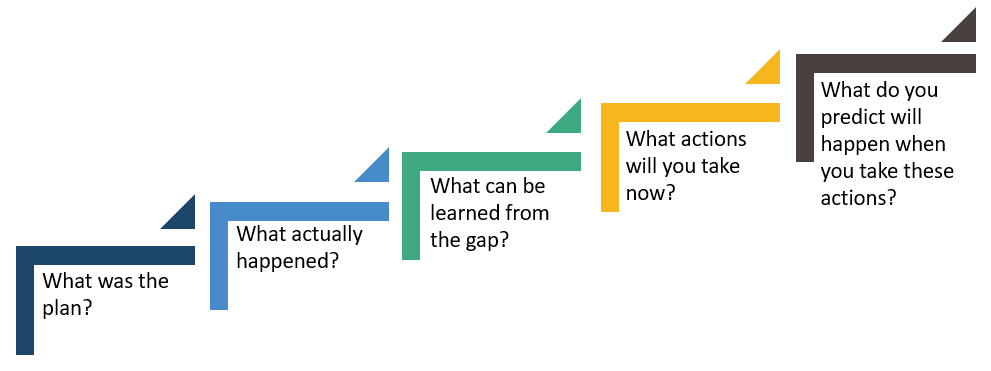
When we have gaps, we ask, “why?”, and propose adjustments and steps we can take to close the gap between expected and actual outcomes. The understanding gained from systematic reflection will lead to learning and improved experiments.
Cycles of do-reflect/learn (or in PDSA vernacular, Do-Study-Adjust) will continually build improvement into our work, leading to greater progress toward our important goals.
Reflection can be done individually, with another person, or in a team. The most important factor in reflecting is psychological safety, which is defined as, “The belief that the environment is safe for interpersonal risk-taking by a person.”
Psychological safety is in place when people feel included, safe to learn, safe to call out problems or make mistakes, and safe to challenge the status quo – all without fear of being embarrassed, shamed, blamed, marginalized, or punished in some way. Psychological safety is important even in individual reflection – the person reflecting may feel that they should “take the blame” for something gone wrong, or perhaps blame others.
Psychological safety is essential to allow objective analysis; without it, real learning cannot happen and improvements, if any, will fade rapidly.
A Plan and Process for Reflecting
As you begin each week, have a plan for two to four goals to achieve or make measurable progress on; consider a mix of “smaller” improvements that can possibly be made quickly, and “bigger” initiatives that have stalled or just begun. Write these down, and set aside time at the end of the week, even if just 15 minutes, to clear your mind, eliminate distractions, and as objectively as you can, answer the following questions:
- What was the plan?
- What actually happened?
- What can be learned from the gap?
- What actions will you take now?
- What do you predict will happen when you take these actions?
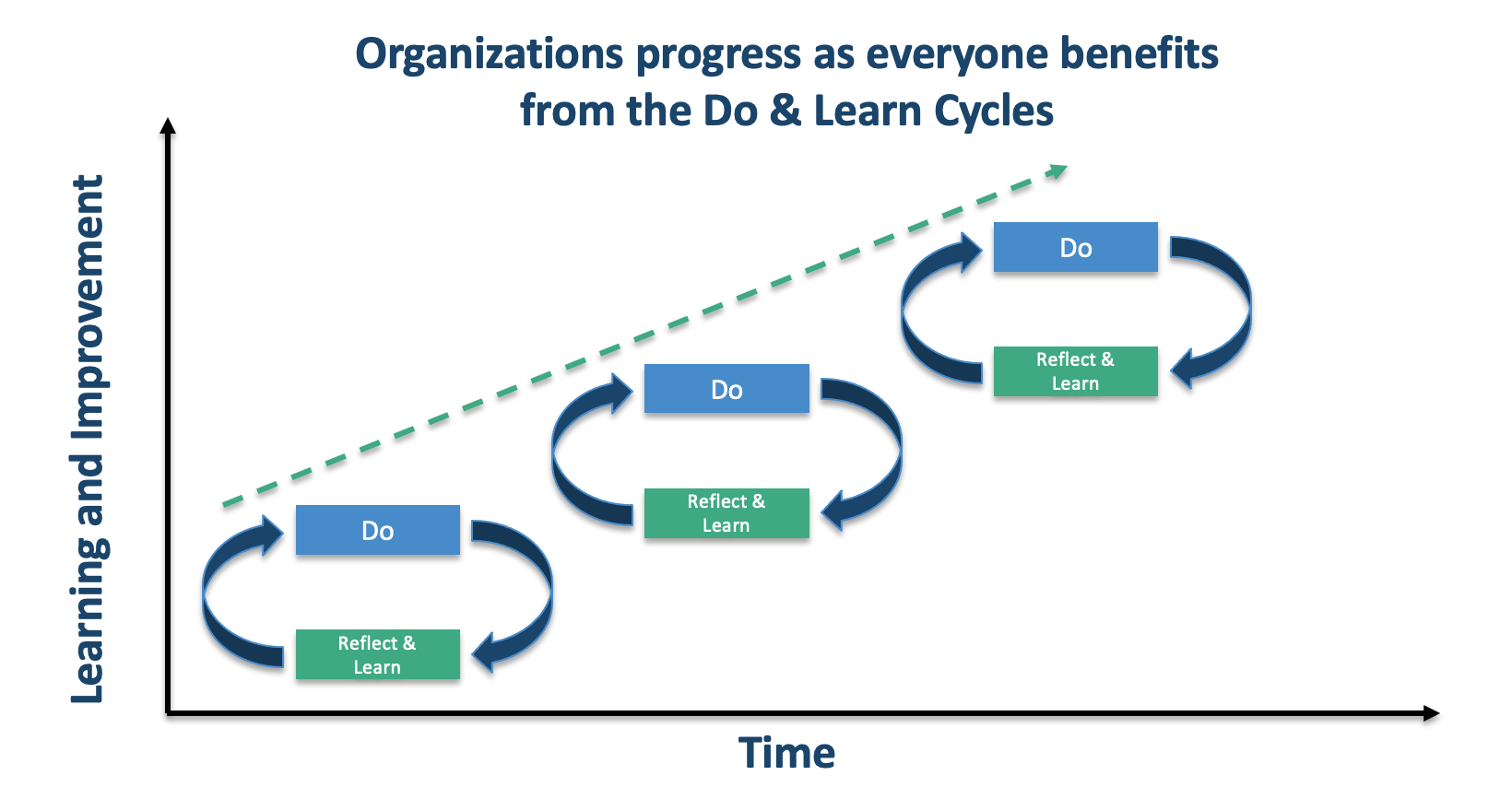
Reflecting After Attempts to Improve
It's a helpful habit to use an intentional and structured reflection model after attempting any improvement, large or small. After a small “kaizen” improvement (a.k.a. “continuous improvement”), you could use this model to compare what you expected to happen with what actually happened. This model can be applied after attempts at larger changes that might be driven by an “A3” problem solving process or a “rapid improvement event” format.
For example, if a team has started to pilot a daily huddle process in the team, we could use the reflection model after the first huddle. We did — or we tried — and we can reflect and learn.
Did the first huddle go as we predicted? No? OK, what we can we learn from that? Do we need to just give it more time or do we need to adjust in some way?
After our first week or first month of huddles, we can also reflect on the process at a higher level. Did it go as we expected? If not, what did we learn and what do we do differently? What do we expect to happen going forward? This sets us up to reflect and evaluated our actions in the future.
This thought process helps with, and supports, different frameworks for kaizen and process improvement, including “quick and easy kaizen,” PDSA (Plan-Do-Study-Adjust), and “Toyota Kata,” to name a few.
Tips for Reflecting
Some helpful practices include:
- Establish a supportive environment – break away from merely ‘doing’ without studying and ‘adjusting’
- No distractions
- Create time by blocking your calendar with a recurring appointment
- Turn off phone and email
Reflecting Together
If reflecting with another person or a group, keep working to create psychological safety:
- Each participant has a right and an opportunity to speak
- Every idea has value and can contribute to learning
- Individual contributions are recognized
- Participants are responsible for their own learning
